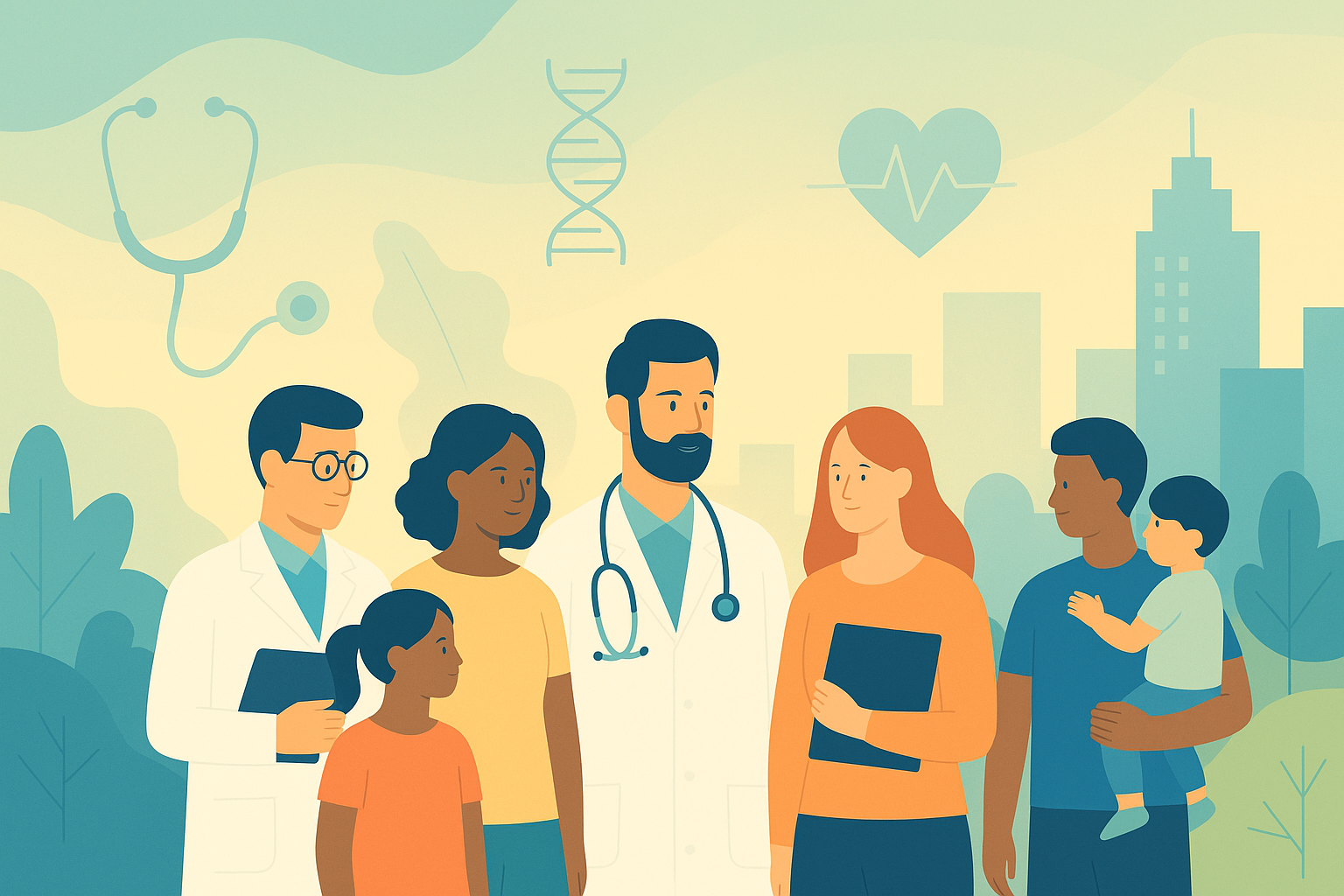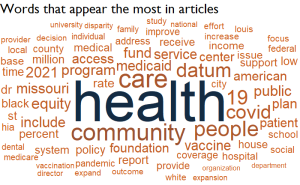
Freeze-Change-(Re)freeze & Repeat
“If you want to truly understand something, try to change it,” said Kurt Lewin, one of the early pioneers of social psychology and action research. He spent years using scientific methods to understand human social behaviors. His work remains prescient today, especially for describing organizational change. Although the field of Implementation Science1 emerged long after Lewin’s passing in 1947, he developed models that are still useful for thinking about how implementation occurs today.

To better understand Lewin’s work, I dug into his popular three-stage model of change known as, “unfreeze-change-(re)freeze”. Having recently left the door of our chest freezer open all night, I inadvertently “field-tested” Lewin’s model. (Note: models vary in their usefulness2 & the popsicles did not survive). Here’s what Lewin’s model says about navigating organizational change.
Unfreeze: At this early stage, the primary task is to understand (or chip away at) organizational practices, mindsets, or existing norms to lay the groundwork for change to occur. We are quite literally “breaking the ice” here. To me, “unfreezing” is analogous to exploring and installing a new practice or policy (see NIRN)3. It’s when we discuss the pros and cons of making a change, identify leaders to serve as change agents, along with skeptics ready to defend the status quo. This is the part “before we leap” where we make sure we are ready and motivated. Have we reached a consensus that the change is worth it? Is there sufficient trust in the change process? Is there a clear game plan in place?
Change: This is when the change starts to happen in an organization. At this stage, a mix of fear, confusion, and uncertainty can emerge. We may get rattled. Sound familiar? But it’s critical, according to Lewin, to stay the course. In some way, it’s the choice I faced as I stared into my lukewarm freezer. I could curse and swear or accept my losses and move on. Unlike my example, organizational changes don’t typically happen overnight…they can take months or years to occur. This is when we need implementation strategies in place, such as keeping leaders engaged, peer-to-peer networking, and the use of data to regularly monitor what’s working or not.4 It’s also when it’s good to acknowledge and normalize others’ feelings toward making the change, versus simply charging ahead.
(Re)freeze: This is when a change or innovation begins to take root in an organization, and things begin to crystallize anew. It may be when we get comfortable using a new practice, adjust to updated job roles, or adapt to larger institutional changes. The COVID-19 pandemic has made this easy to imagine for most of us. Lewin cautions us that, without letting intended changes fully sink in, we may slide back into old habits and practices, or self-sabotage (arg, I’m guilty of this one!). We may find ourselves or colleagues rushing to just “checking boxes” to say we did it. To me, the (re)freezing stage looks and feels a lot like sustainment from Implementation Science.5 It’s the time to anchor changes within organizations (e.g., updating handbooks, procedures), celebrate important milestones, and ensure feedback loops are in place to catch implementation errors or gaps.
For anyone leading, facilitating, or experiencing organizational change, Lewin’s model may serve as a helpful guide. But Lewin’s contributions to social science were far broader than this model of change.

In 1946, a year before he died, Lewin published a paper called “Action Research and Minority Problems.” In this and other writings, he called attention to the use of “incorrect stereotypes” and “racism” perpetuated in U.S. society in 1930-40. Lewin was one of the first researchers to conduct studies on intergroup relations (relationships between different groups of people in society) using scientific methods.6
I wondered how Lewin might apply the unfreeze-change-refreeze model to frame questions around addressing racial equity in organizational contexts. I’d invite you to reflect on this question for yourself in the figure below. Below, I applied his model from a school perspective (organizational level):
| Unfreeze | Change | (Re)freeze | |
| Self | |||
| Team | |||
| Organization |
Unfreeze: Which parts of the “way things are done in our school” could be inequitable or biased toward some of our students or families? How would we know if they are?
Change: How will we keep educators on board with a new school disciplinary approach that may cause discomfort or uncertainty?
(Re)freeze: What systems, policies, or structures need to be in place for long-term changes to take hold?
Lewin’s observations and work struck me both as inspiring and timely. I’ll leave you with this quote (1946), “In recent years, we have started to realize that so-called minority problems are in fact majority problems, that the Black problem is the problem of the white, that the Jewish problem is the problem of the non-Jew, and so on…A large-scale effort of social research on intergroup relations doubtless would be able to have a lasting effect on the history of this country. It is equally clear, however, that this job demands from the social scientists an utmost amount of courage. It needs courage as Plato defines it. It needs the best of what the best among us can give, and the help of everybody.7
Read more from Eoin at the links below!
Should I Stay or Should I Go? How Do We Retain Our Teachers?
How Fractions Help Us See the Big Picture
References
- Nilsen, P., Ståhl, C., Roback, K., & Cairney, P. (2013). Never the twain shall meet?–a comparison of implementation science and policy implementation research. Implementation science: IS, 8, 63. https://doi.org/10.1186/1748-5908-8-63
- Nilsen, P. Making sense of implementation theories, models, and frameworks. Implementation Sci10, 53 (2015). https://doi.org/10.1186/s13012-015-0242-0
- Fixsen, D. L., Blase, K. A., Naoom, S. F., Van Dyke, M., & Wallace, F. (2009). Implementation: The missing link between research and practice. NIRN implementation brief, 1, 218-227.
- Leeman, J., Birken, S., Powell, B.J. et al. Beyond “implementation strategies”: classifying the full range of strategies used in implementation science and practice. Implementation Sci12, 125 (2017). https://doi.org/10.1186/s13012-017-0657-x
- Chambers, D. A., Glasgow, R. E., & Stange, K. C. (2013). The dynamic sustainability framework: addressing the paradox of sustainment amid ongoing change. Implementation Science, 8(1), 1-11.
- Lewin, K. (1948). Resolving social conflicts; selected papers on group dynamics.
- Lewin, K. (1946). Action research and minority problems. Journal of social issues, 2(4), 34-46.



